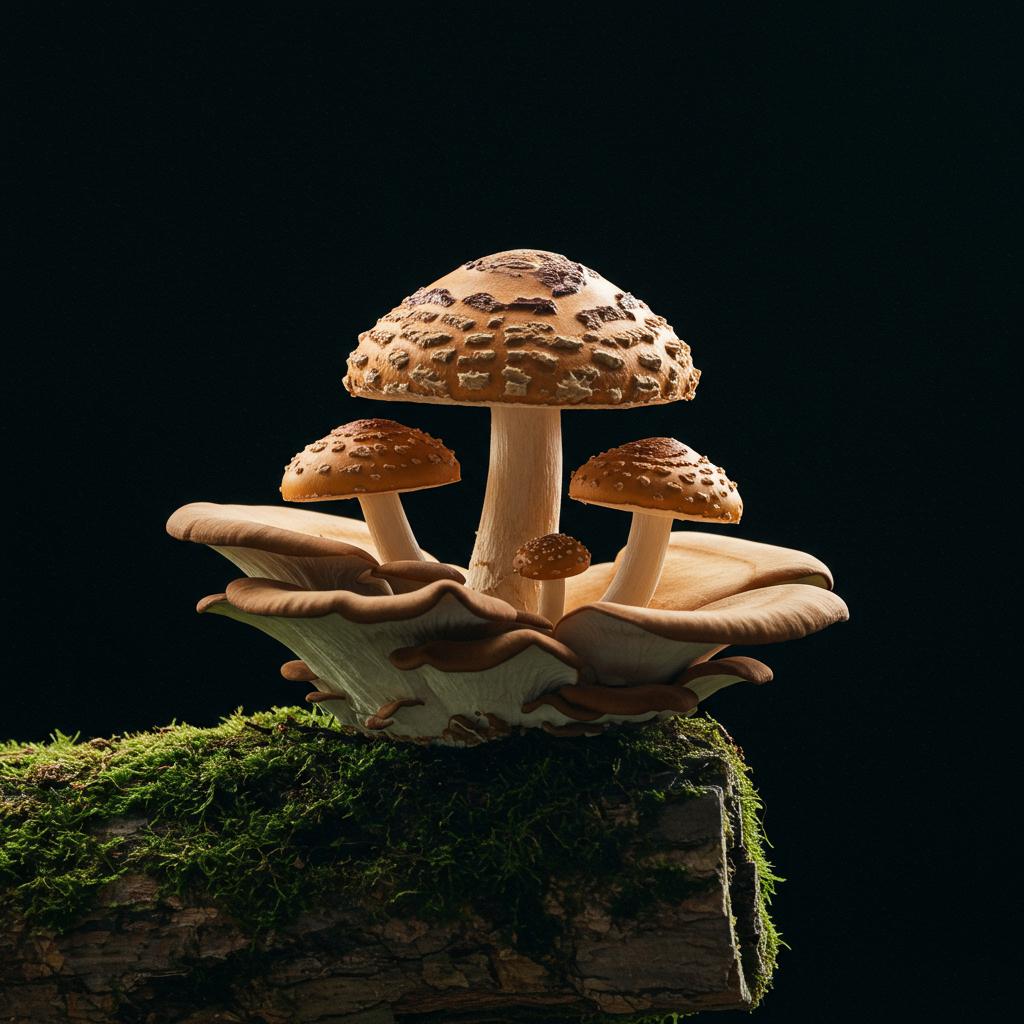
For millennia, humans have recognized and harnessed the mind-altering effects of certain plants and fungi, particularly mushrooms. These fungi are a primary source of natural psychedelics, with psilocybin, a mushroom extract, playing a prominent role. Historically, psilocybin wasn’t just a recreational substance; it held a sacred place in religious and spiritual ceremonies and was even explored as a potential treatment for mental health conditions.
Unfortunately, the association of psychedelics with the 1960s counterculture movement led to a persistent stigma. This negative perception culminated in the U.S. government classifying psychedelics, including psilocybin, as Schedule 1 drugs in 1970, effectively halting scientific research in its tracks. This prohibition had a chilling effect, significantly hindering potential advancements in our understanding of psilocybin’s therapeutic applications.
Imagine the lost opportunities! For decades, the potential benefits of psilocybin remained unexplored, locked away by restrictive regulations. However, a glimmer of hope emerged in 2004 with a groundbreaking pilot study from the University of California, Los Angeles. This study investigated the potential of psilocybin to alleviate psychological distress in patients with advanced-stage cancer. The results were promising enough to rekindle interest in psilocybin research, ushering in a new era of exploration into psychedelic therapy.
Since that pivotal study, the scientific community has made significant strides in understanding psilocybin. We’ve learned more about its chemical properties and explored its potential therapeutic uses for various conditions. Let’s take a closer look at some key areas of progress:
- Renewed Research: Scientists are now actively investigating psilocybin’s potential to treat a range of mental health challenges, including depression, anxiety, and addiction.
- Chemical Characterization: Advances in analytical techniques have enabled researchers to better understand the chemical structure and mechanisms of action of psilocybin.
- Therapeutic Applications: Studies are exploring the use of psilocybin-assisted therapy, where controlled doses of psilocybin are administered in a therapeutic setting with the support of trained professionals.
This resurgence of research is incredibly exciting, offering a renewed sense of hope for individuals struggling with these often debilitating conditions. While the road ahead is still paved with challenges, including navigating regulatory hurdles and conducting rigorous clinical trials, the potential benefits of psilocybin are too significant to ignore.
This exploration of psilocybin’s potential is intended to be informative and shed light on the exciting developments in this field. It’s important to remember that it’s not a systematic review of all existing research, but rather a glimpse into the promising future of psychedelic therapy. The journey from counterculture taboo to potential therapeutic breakthrough is a testament to the power of scientific curiosity and the enduring human quest for healing and well-being.
